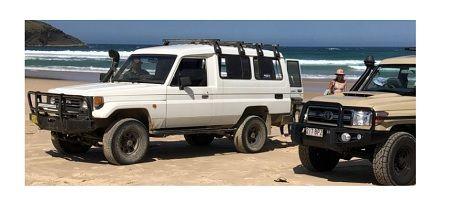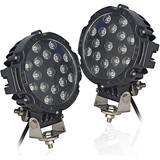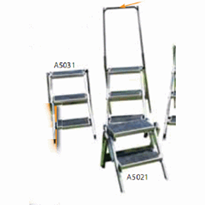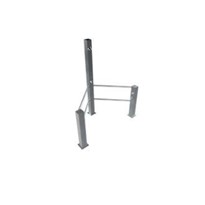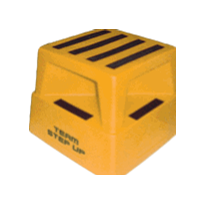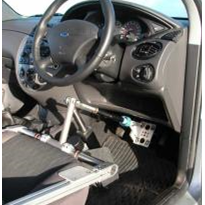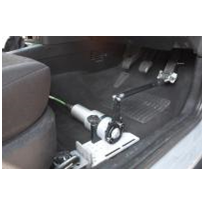For most 4WD owners beach driving is an awesome experience, although for those who have never adventured onto our beautiful beaches, it could be a daunting experience.
There are some pretty in-depth checklists available on how to prepare your 4WD for beach driving, and it’s easy to become overwhelmed. Our advice is to take a step back, and keep it simple. Follow these five easy steps below and your trip should go as smoothly, or as bumpy, as you like.
Step 1.Salt Water Protection
Protect your vehicle from sand and salt water corrosion.
The first thing you should do is apply a non-oily rust protection spray to the underside of your vehicle. It is more than likely that at some stage your journey will involve driving through or near salt water. The combination of salt water and beach driving will cause you 4WD to start rusting if not prevented.
Rust-proofing your 4×4 with an easy-to-use DIY rust prevention product like Xtroll Chassis Guard is a must. Chassis Guard is easy to apply and will only take a few hours to have the underside of your vehicle fully protected.

Step 2.Recovery Gear
- Lightweight shovel
- A set of recovery tracks
- Recovery straps
Remember keeping the vehicle moving is the key to avoid getting bogged. If you do get bogged don’t stress, in many situations just a few minutes of clearing away the sand with the shovel and some recovery tracks will get you out of most situations.
Step 3.Tyre Pressure
Deflating tyres will only take a few minutes with these incredibly accurate and easy-to-use Directions Plus Tyre Deflators.
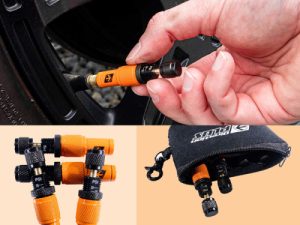
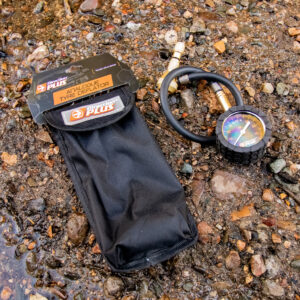
Grab a set of these easy tyre deflators to deflate your vehicle in under 3 minutes.
Step 4.Beach Access Points
Step 5.Know Your Vehicle
Before you go, make sure you know how to:
- Engage 4WD correctly.
- Swap from 4H to 4L and engage Diff lock if needed.
- Disengage traction control and ESP Traction Control.
Now you’re ready to hit the beach!
Remember when driving on the beach your 4WD will be working a lot harder, driving through soft sand at low speeds.
This prolonged driving will cause extra heat and friction on the drive train. Using an oil additive such as AW10 Antiwear to reduce engine wear will protect the engine, transmission, and differentials from extreme beach use.
Another helpful additive to run if you’re worried about you 4WD overheating is RMI-25 Cooling System Treatment, which will help reduce radiator coolant temperatures.
Finally remember to clean up… the only thing you should ever leave on the beach are tyre tracks and footprints. Enjoy!


